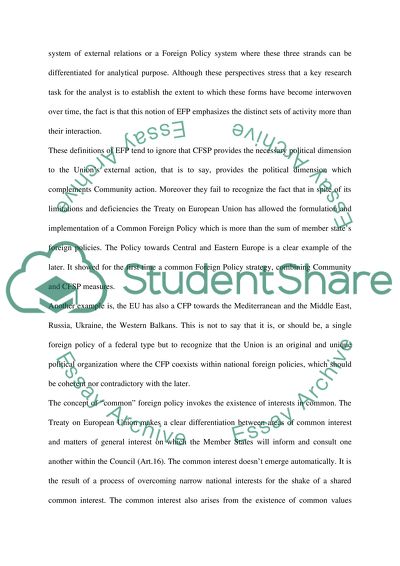Cite this document
(Towards Understanding the European Unions International Presence Case Study, n.d.)
Towards Understanding the European Unions International Presence Case Study. Retrieved from https://studentshare.org/politics/1553007-discuss-the-strengths-and-weaknesses-of-european-union-eu-as-a-foreign-policy-actor
Towards Understanding the European Unions International Presence Case Study. Retrieved from https://studentshare.org/politics/1553007-discuss-the-strengths-and-weaknesses-of-european-union-eu-as-a-foreign-policy-actor
(Towards Understanding the European Unions International Presence Case Study)
Towards Understanding the European Unions International Presence Case Study. https://studentshare.org/politics/1553007-discuss-the-strengths-and-weaknesses-of-european-union-eu-as-a-foreign-policy-actor.
Towards Understanding the European Unions International Presence Case Study. https://studentshare.org/politics/1553007-discuss-the-strengths-and-weaknesses-of-european-union-eu-as-a-foreign-policy-actor.
“Towards Understanding the European Unions International Presence Case Study”. https://studentshare.org/politics/1553007-discuss-the-strengths-and-weaknesses-of-european-union-eu-as-a-foreign-policy-actor.


